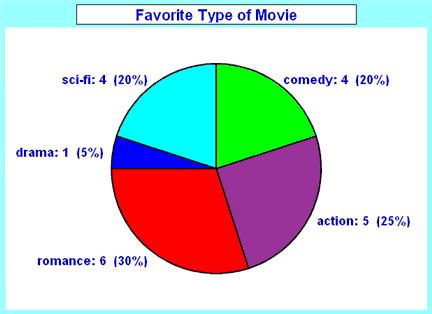4.3. Extending the topic
4.3.1. Materials development for CLIL.
Brainstorm:
Why do teachers design their own materials for classroom use?
What are the advantages and disadvantages of teacher-produced materials?
4.3.2. There are several principles teachers need to consider when designing their own teaching materials. Number them according to their importance.
Durability of materials. □
Students’ needs. □
Local curriculum. □
Context □
Availability of resources. □
Time □
Taste □
Linguistic input □
4.3.3. From verbs to noun
Complete the following grid with the missing word.
4.3.4 Make compound words by combining the two lists.
4.3.5. /1.
Four simple features of materials development in CLIL.
Illustrations with labels and captions are used to define key terms and introduce topics. E.g. Teaching body parts. Fill in the squares:
4.3.5. /2. Content area texts communicate the genre, vocabulary, and language characteristic of the discipline. (Teaching Children’s literature: Explain the words printed in red…)
Beast fable, a prose or verse fable or short story that usually has a moral. In beast fables animal characters are represented as acting with human feelings and motives. Among the best-known examples in Western literature are those attributed to the legendary Greek author Aesop.
(http://www.britannica.com/EBchecked/topic/57446/beast-fable)
4.3.5. /4. ICT applications convey information in a virtual ‘hands- on’ format . E.g. teaching poetry in literature.
For examples see: http://www.poetryoutloud.org/poems-and-performance/listen-to-poetry.
